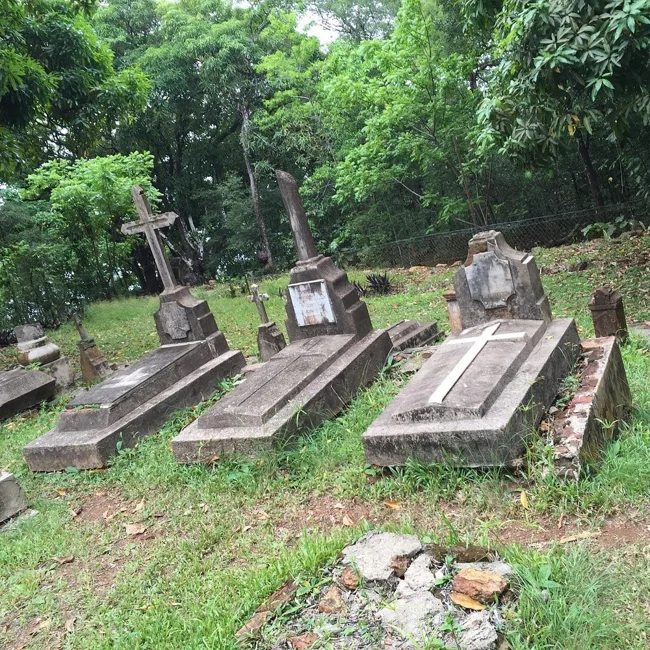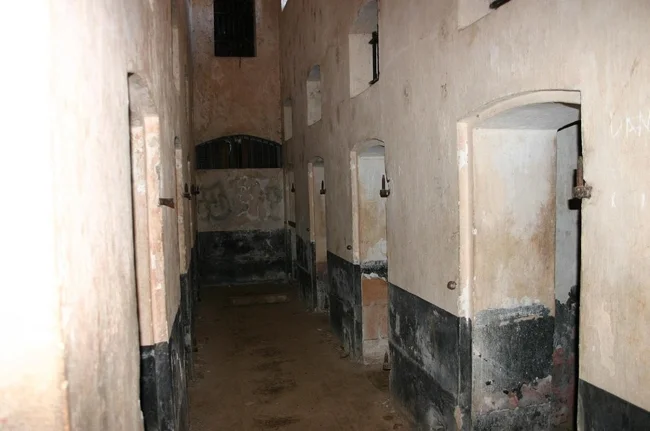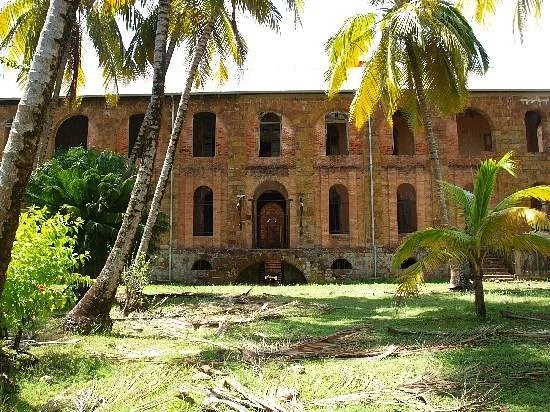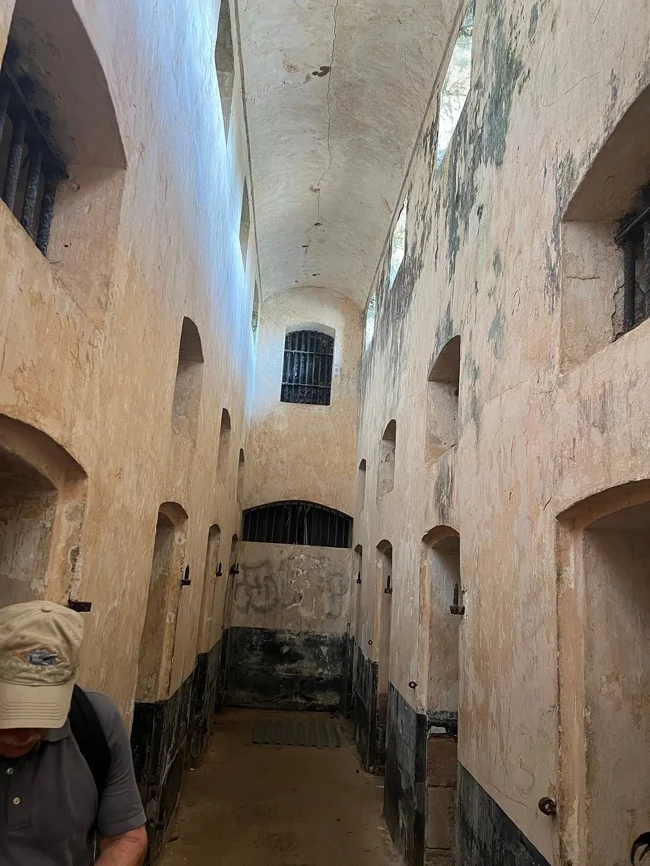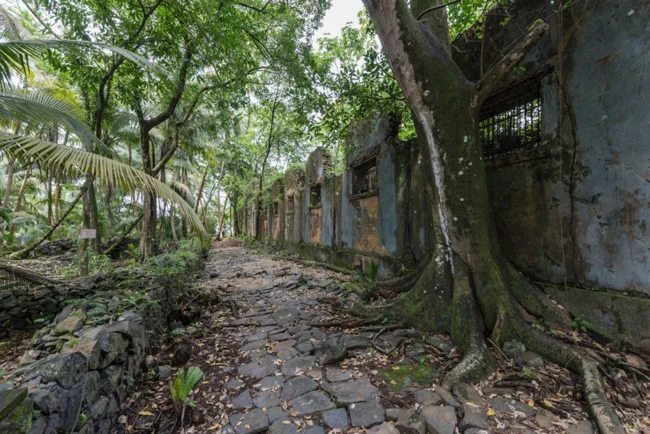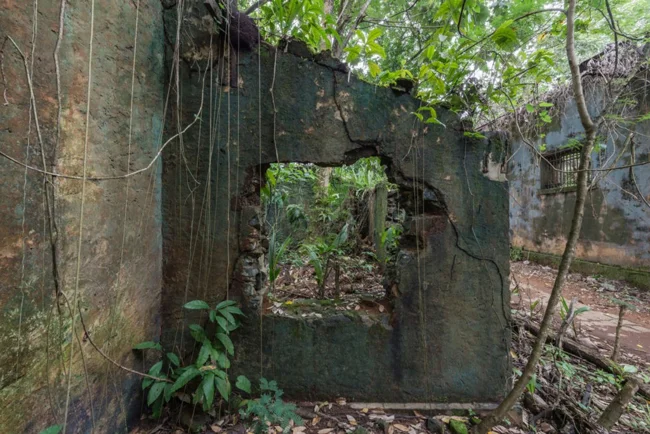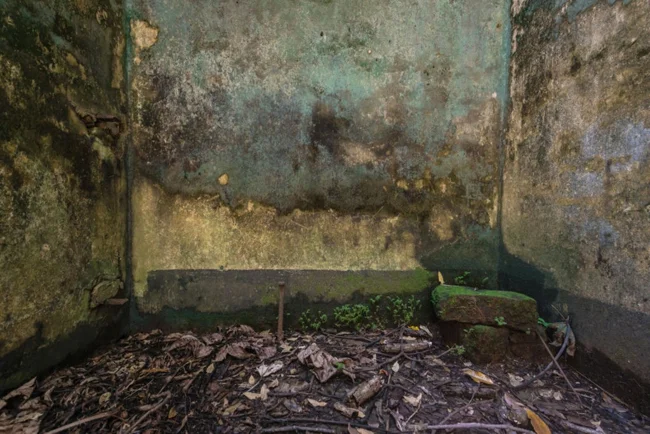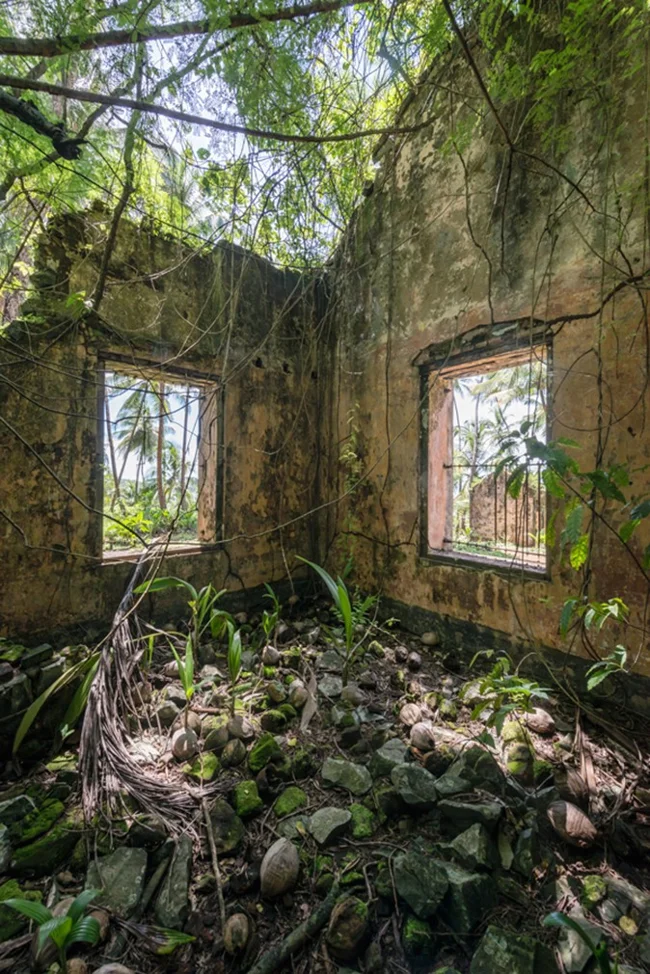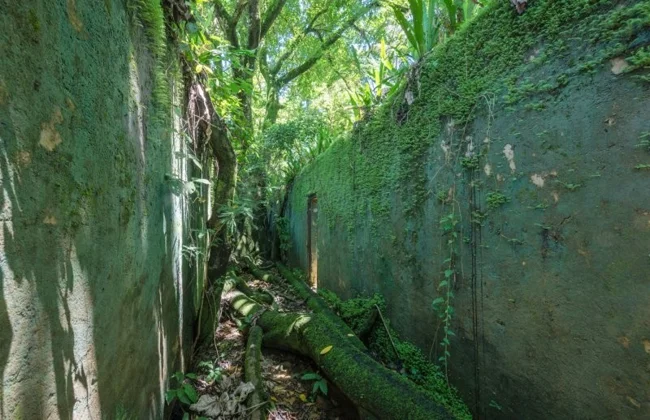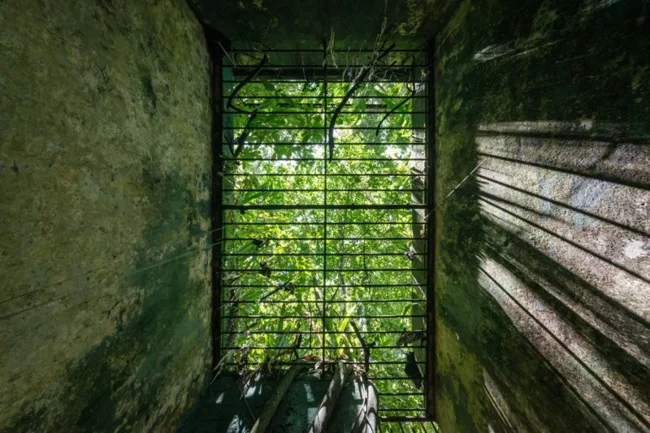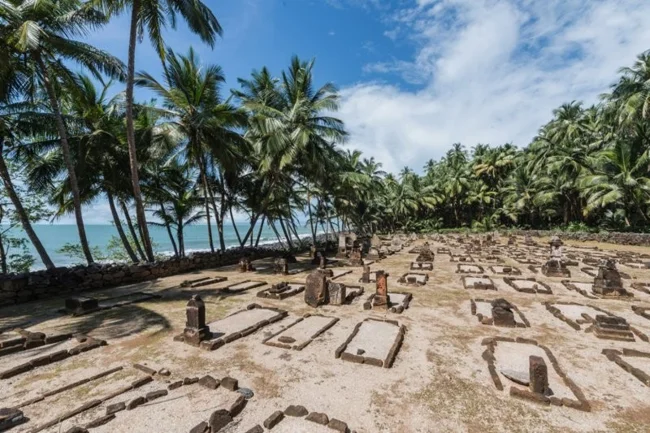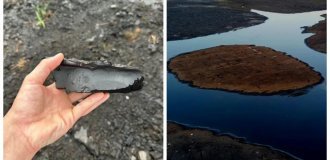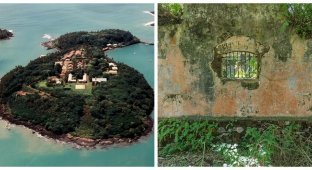Devil's Island - the cursed legacy of the French colonial system (26 photos)
The islands off the coast of French Guiana seem like a paradise. They are covered in dense tropical forests that bloom under the hot sun, and the azure waters of the ocean protect these lands. 
But it is worth rewinding the time a little, to the first half of the 20th century, and one of these islands appears in a completely different light. 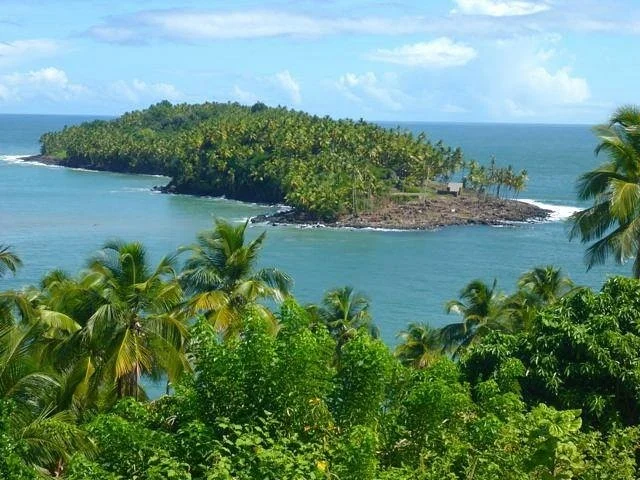
This is Devil's Island, a place known not for its natural beauty but for its bloody history as part of one of the most brutal colonial prison complexes in the world.
Penal servitude instead of freedom 
Dreyfus Tower
In 1852, Emperor Napoleon III decided to get rid of those he considered dangerous or simply unnecessary to society. Enemies of the regime, republicans, criminals and innocents like Captain Alfred Dreyfus, unjustly convicted of treason - they were all sent to the same place - Devil's Island.
It was then that the era of French penal servitude began here, which made this tiny piece of land a symbol of torment, pain and hopelessness. At first, political opponents were sent here, but soon the prison became home to 80 thousand criminals, from murderers to thieves. Thus, an entire community of outcasts was formed.
Hell in the tropics 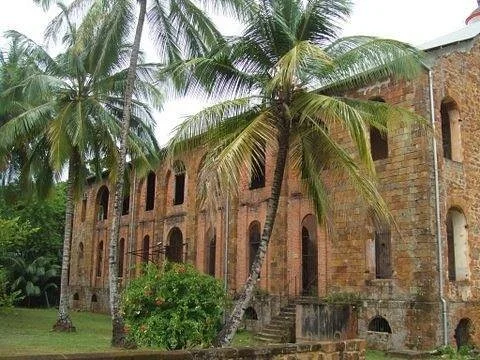
Life in the colony was a real hell. Prisoners languished in dark cells, where they were forbidden to even whisper a word. Reading? Forbidden. Talking? Under penalty of punishment. You couldn’t even sit until sunset.
Each prisoner was under constant surveillance: the cell ceilings were latticed so that the guards, walking above on a wooden bridge in soft slippers, could sneak up unnoticed and catch anyone at the slightest violation. 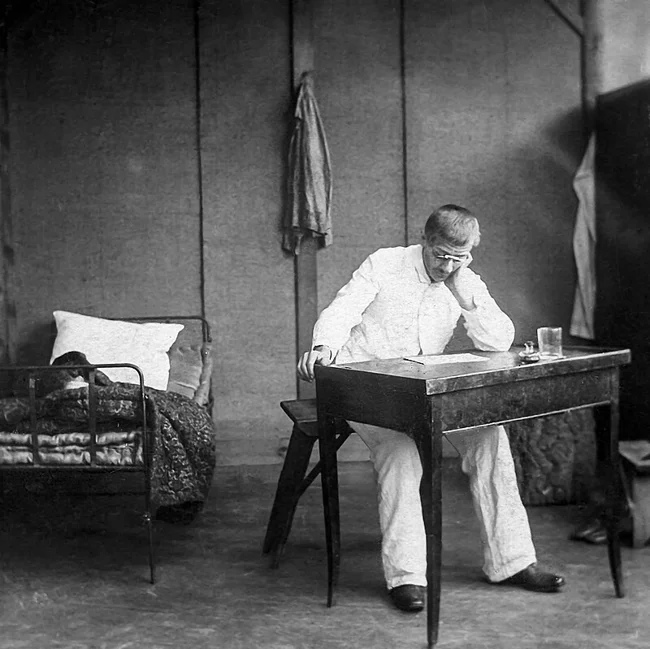
Alfred Dreyfus in his room on Devil's Island, 1898.
Complete silence was the law. Even talking to a guard could end in punishment or beating. 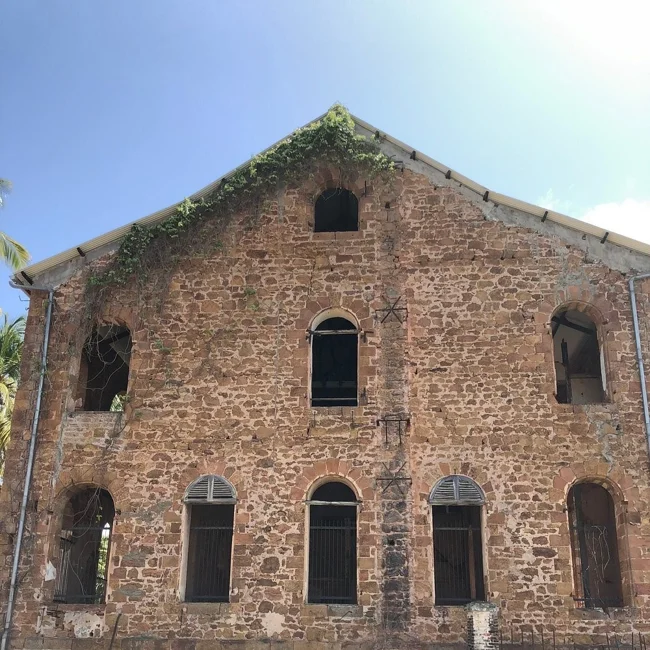
The living conditions were so terrible that every third prisoner died on this island. The causes were tropical diseases, hunger, exhaustion, violence.
The tropical sun spared no one. In the summer, the air was so thick that it felt like it was pressing on your chest. And sharks swam around the island, making escape almost impossible. 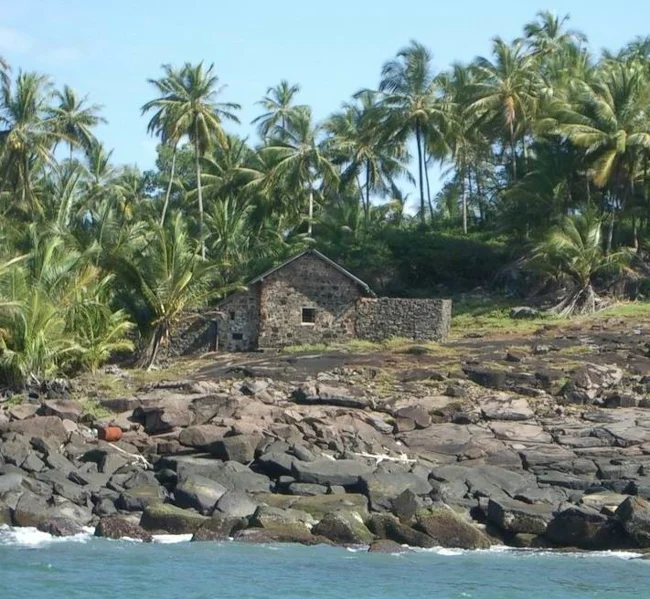
The hut where Dreyfus lived
Those who did decide to escape either disappeared without a trace, or their stories reached people in the form of terrible rumors - about cannibalism in the jungles of Guiana.
Uncovering the Truth 
Henri Charrière's bestselling book, Papillon (1969), describes his successful escape from Devil's Island. French authorities disputed his account and published records from the penal colony that contradicted his story
Over the years, the truth about the prison's brutality leaked out to the press. Public outrage ensued. And in 1938, the penal system officially ceased to exist.
However, the prison itself on Saint-Joseph Island continued to operate until the end of World War II, closing only in 1946. 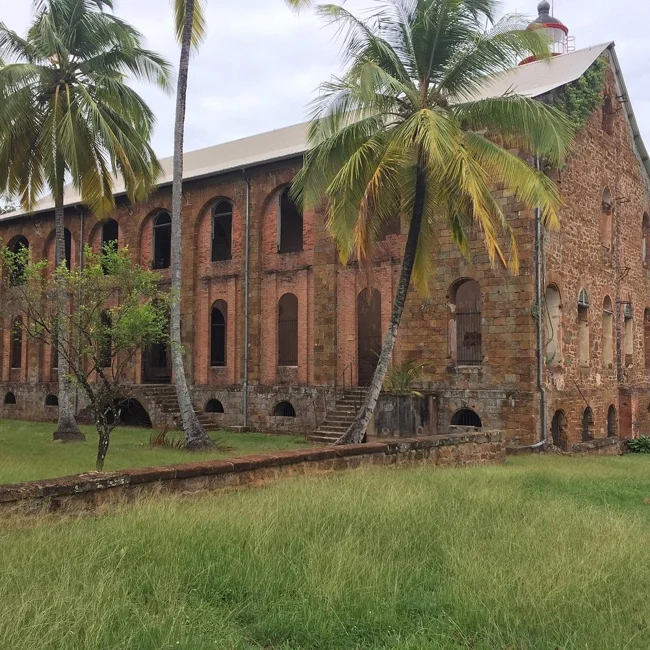
After that, they tried to use the island in new ways: they opened a summer camp, a police station, even a vegetable oil factory and a shark fin factory. But all of this failed.
Today, Devil's Island is abandoned. Nature has reclaimed its domain. The buildings have collapsed, the walls are covered with vines, the cells are now hidden under the greenery.
However, some structures have been restored and are now open to tourists. Tourists who are ready to hear the muffled whispers of the past, feel the spirit of suffering and understand at what price humanity got freedom. 